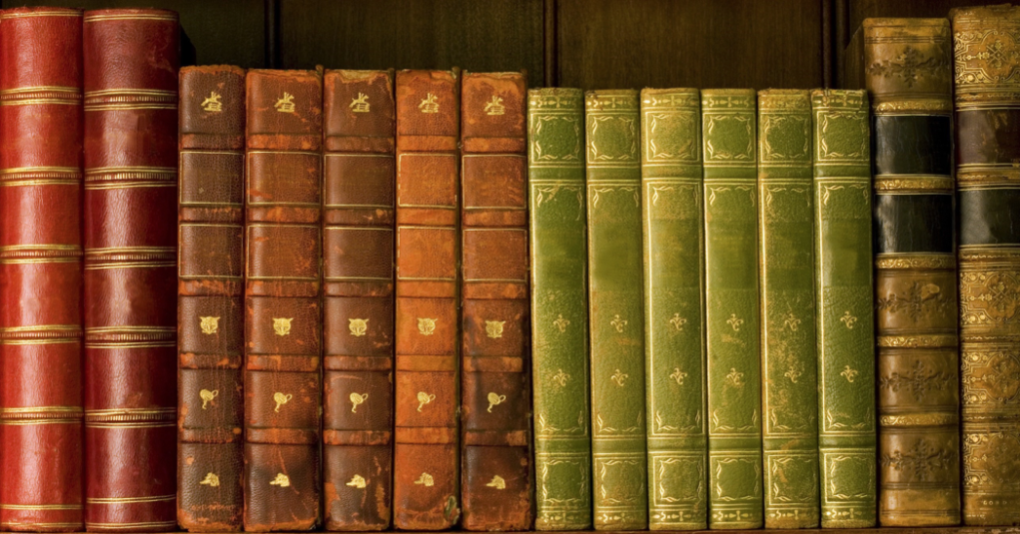I am a Church historian, and received a doctorate in this discipline from a pontifical university. I bring this up because of the great controversies in the media around the world surrounding the recent meeting of the bishops in Rome for the Synod on the Family, which happily has now ended without any change in traditional Catholic teachings.
This did not surprise me at all, and should not surprise any Catholic, for the simple reason that the teachings of the Church that are considered dogma cannot be changed by anyone, including the Holy Father. Let us not forget that the Church always has the help of the Holy Spirit, as Christ promised, and will continue to have it until the end of time. We should remain certain of that, because it is the truth. And, resting in that truth, we should not be surprised at any time to witness the unfaithful misinterpretations of those who consider themselves Catholics, but whose interest is in trying to confuse the faithful, as if the Church were man-made rather than God-made.
The reality is that the Church will always be under attack and has been from the beginning, whether those attacks take the form of controversies or of physical attacks on Christians who then become “martyrs” (meaning witnesses) of the truth. At the very beginning, in the era of the Acts of the Apostles, we see attacks by Jewish leaders and the beginnings of the Roman distrust that issued in the persecutions of Nero and many of his successors. A few centuries after the Edict of Milan established religious tolerance for Christians in the Roman Empire, Muslim jihadist efforts began the long effort to conquer Christendom (successful in the Holy Land, Northern Africa, and eventually what had been the Eastern part of the Roman Empire centered on Constantinople). The Age of Reason saw the persecution of the Church by French revolutionaries during the Reign of Terror; less than a century and a half later came the beginnings of communist persecutions.
And of course other threats arose from inside the Church. Indeed, one sign of the truth of Christianity is that the evil one does everything he can in order to confuse and break away people from the Church (or from belief in its teachings), in hopes of drawing more people to Hell. In the early centuries of Christianity, heretics such as the Gnostics, the Arians, the Iconoclasts, and many others often seemed destined to overwhelm the Church and indeed claimed the lives of many faithful and determined confessors and Fathers of the Church. Centuries later, the great fracture of Christianity called the Protestant Reformation produced many martyrs.
Faced with such repeated and perilous challenges to her mission of proclaiming and handing on the deposit of the faith, the history of the Church is filled with the stories of great theologians who defended the faith, as well as thousands of saints and a variety of religious orders that were formed to meet the assorted needs and counter the reigning threat of each era.
At times, these attacks on the Church have threatened the Catholic countries of Europe or significant Catholic populations in other nations. However, from the catacombs to the Reformation, the Church has always survived.
And it will continue to do so. Why? Because we have the truth, and because the assurance of that truth makes us unafraid of death. Indeed, aside from natural fear of pain and judgment, we Christians should look forward to death, knowing that, if we have been faithful, it will bring us eventually to our loving Father in heaven. There we will become acquainted with thousands of our forebears that we never met in this life but that we will share an eternity of bliss with.
As we strive in our own era to build strong families, work with integrity, and form true friendships, in and with and through the graces we receive from the Church, we should draw strength and inspiration from our history. In seeking to live charitable, committed, and courageous lives, we can look to the examples of the martyrs and the saints. Our role as members of the Church is to live our faith joyfully and through this joy to truly evangelize those we encounter. After all, that is how the first Christians spread the faith in the early Church.
I hope that this realization, frequently reflected upon, will not only help you to live your faith more faithfully but also awaken your desire to go deeper into the Church’s history. Among the many good books on that history, I particularly recommend several written in our own time by a great Catholic historian, Diane Moczar. Why not start with Don’t Know Much about Catholic History: From the Catacombs to the Reformation, or perhaps The Church Under Attack?
It’s especially at times like these that we should not let passing troubles disturb us, but find confidence in the record of how the Holy Spirit has preserved the Faith in ages like ours – and even worse.
This article first appeared on The Catholic Thing in November, 2015.
About the Author: Fr. John McCloskey
Rev C. John McCloskey III is a Catholic priest of the Prelature of Opus Dei and member of the Priestly Society of the Holy Cross. He is the former director of the Catholic Information Center of the Archdiocese of Washington. Website: www.frmccloskey.com.

